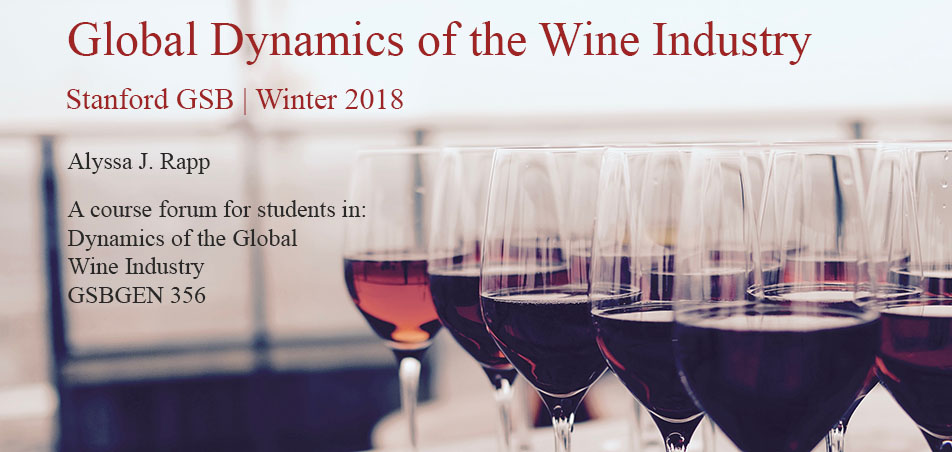I bet you’re wonderin’ how I knew? ‘Bout your plans to make
me blue.
Historians segment marketing history into two primary
categories. Marketing practice which many believe emerged in conjunction with
the rise in consumer culture following periods such as the industrial
revolution. This involves the typical product differentiation, market segmentation,
positioning, insight and communications strategies. The history of
marketing thought is a broader field of work, with evidence dating back as far
Pompei and a manufacturer of fish sauce. Although in this case the fish sauce
was used to corroborate the date
of the destruction of Pompei, artifacts displaying a personal brand and
claims of quality of his product are an insight into early historic consumer
marketing thought.
Fast forward to 2018, and although we live in the age of
social media and influencers, as evidenced by Terry Wheatley’s talk, much of
the core principles remain the same. People often refer to an advanced grasp of
subject matter expertise as an ability to make complex things seem easy. I have
no doubt that there are complex systems, networks, and know-how below the
surface of the nonchalant charismatic Terry, that created a perception of
simply being able to walk down the street, see an inspirational photo, attach a
provocative name, source some great wine, and voila, a new successful wine brand.
Furthermore, part of the unseen machinery, I believe there
is a very strong network of word-of-mouth advertising and networks. Creating
decent wine is one thing. Creating an interesting brand is another. But
launching it successfully into the politics of the beverage, hospitality, and
retail industries, requires a little something more.
That said user empathy design practice has taught me to
appreciate the root emotions behind actions and perceptions. They are stronger
than we can imagine, and if harnessed in the right way, are more powerful that any
narcissistic Instagram influencer’s ability to shape public thought.
I know a man ain't supposed to cry. But these tears I can't
hold inside. Losin' you would end my life you see. 'Cause you mean that much to
me.
